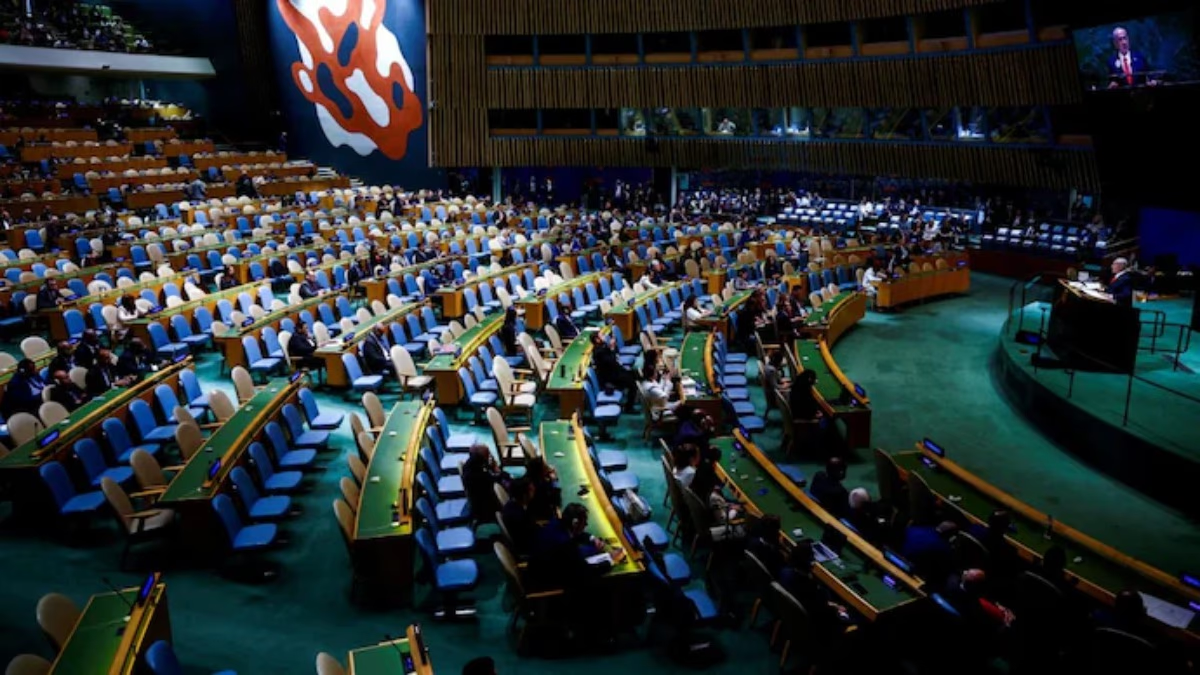The Pension Fund Regulatory and Development Authority (PFRDA) has taken a significant step to bolster the security of the National Pension System (NPS) by introducing a two-factor authentication process for accessing the Central Recordkeeping Agency. This enhanced security feature will become mandatory for all customers, new and existing, starting April 1st. The implication is clear: every individual under NPS must now navigate through a two-factor authentication process.
Without two-factor authentication, NPS login privileges will be denied. The regulatory authority has explained that starting April 1st, 2024, users will be required to undergo an Aadhaar-based login verification. PFRDA insists that this new move aims to address and eliminate any associated risks or concerns
Current Login Procedures
According to PFRDA, nodal offices – under the central and state governments – along with pension-related autonomous bodies, currently employ a password-based login for NPS transactions. The upgrade to a stronger authentication and login system is appreciated as an excellent measure to thwart fraud and cybersecurity threats.
Why the Need for This Rule?
PFRDA aims to introduce a secure website and login system for all NPS activities operated via government offices and autonomous bodies. Imagining an Aadhaar-based login authentication integration is part of this vision. If a user incorrectly enters a password five times in a row, the NPS account will be immediately blocked, considering the security implications. To recover the blocked NPS account, the password must be reset, requiring the user to answer secret questions or apply for an I-Pin.
It's noteworthy that Central Recordkeeping Agencies (CRAs) are diligently working to ensure a smooth transition in the system. Changes are continuously being implemented in the system through the SOPs of government nodal offices. In the aftermath of these procedural changes, nodal officers will engage to familiarize the common user with the upcoming transitions.




